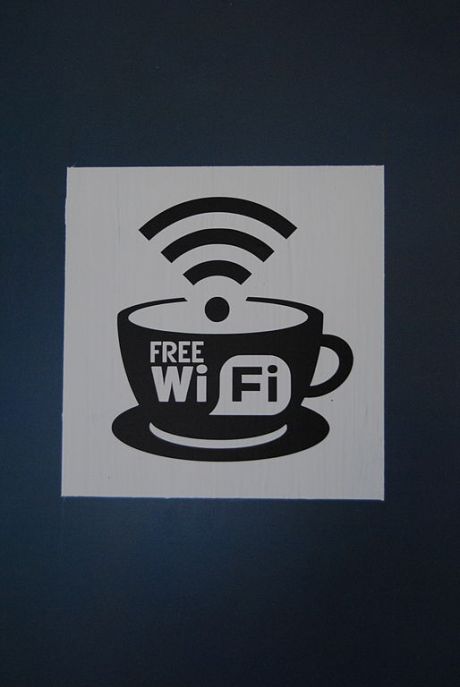From WiFi to FiWi

Catalyst_-_Andy_Mabbett
By Andy Mabbett (Own work) [CC BY-SA 4.0 (http://creativecommons.org/licenses/by-sa/4.0)], via Wikimedia Commons
Fibre optic communication and wireless communication are joining forces to create the next generation of data transfer with faster speeds and enhanced efficiency.
A new age in wireless communication is dawning, that of converged
fibre-wireless (FiWi) access networks, also known as hybrid
optical-wireless access networks and wireless-optical broadband access
networks. The technology works by bringing together the efficiency of
optical fibre networks with the cost savings and ubiquity of wireless
networks.
Against this backdrop, the EU-funded SMART-FIWI-HETNETS (Advanced coordination paradigms for FiWi enhanced HetNets and smart grid applications) investigated how to unify low-cost Ethernet-based capacity-centric FiWi access networks and coverage-centric HetNets. It sought to exploit high-capacity low-latency fibre backhaul infrastructures and WiFi offloading of mobile data traffic to achieve its aims. The project also worked on outlining the advantages of enhancing the resultant FiWi-HetNets with both fibre optic and wireless sensors to enable machine to machine (M2M) communications, focusing on how this can be used in emerging smart grid applications.
More specifically, the project team elaborated high-capacity low-latency Next-Generation Passive Optical Network--based mobile backhaul infrastructures with inter-Optical Network Units communications and multi-failure recovery capabilities. It developed a backhaul-aware user association algorithm for FiWi-LTE HetNets and investigated its performance, demonstrating its superiority and efficiency over currently available technologies and data transfer speeds.
In parallel, the team researched advanced traffic steering and real-time self-healing techniques for FiWi-enhanced HetNets with WiFi offloading capabilities. It developed energy-aware and traffic-aware contention resolution and coordination techniques for event-driven M2M communications in FiWi-HetNet-based smart grid communications infrastructures.
Progress also involved evaluating FiWi connectivity, delay, maximum aggregate throughput and offloading efficiency performance of FiWi-enhanced LTE-A HetNets, highlighting the advantages of localised fibre-lean backhaul redundancy and wireless protection techniques. The project showed, among other positive results, how the proposed interconnection fibre, protection ring and wireless protection techniques help provide wired and mobile users with highly fault-tolerant FiWi connectivity.
In addition, the team built a new game theory-based power control algorithm designed to reduce interference effects in disk-to-disk multicast, taking multiple WiFi Direct groups and network assistance into consideration. The new algorithm achieves higher data rates and significantly reduces multicast delay compared to traditional approaches with fixed power, offering financial savings as well. The progress achieved is undoubtedly useful in developing and rolling out FiWi in the coming years, offering users faster data transfer and internet than ever before.
published: 2016-02-09

